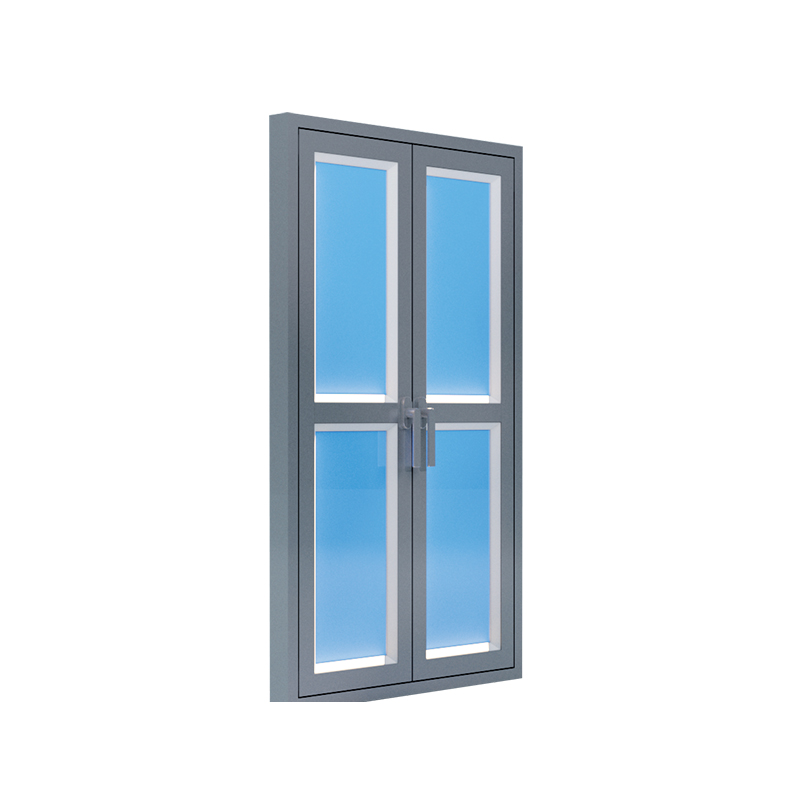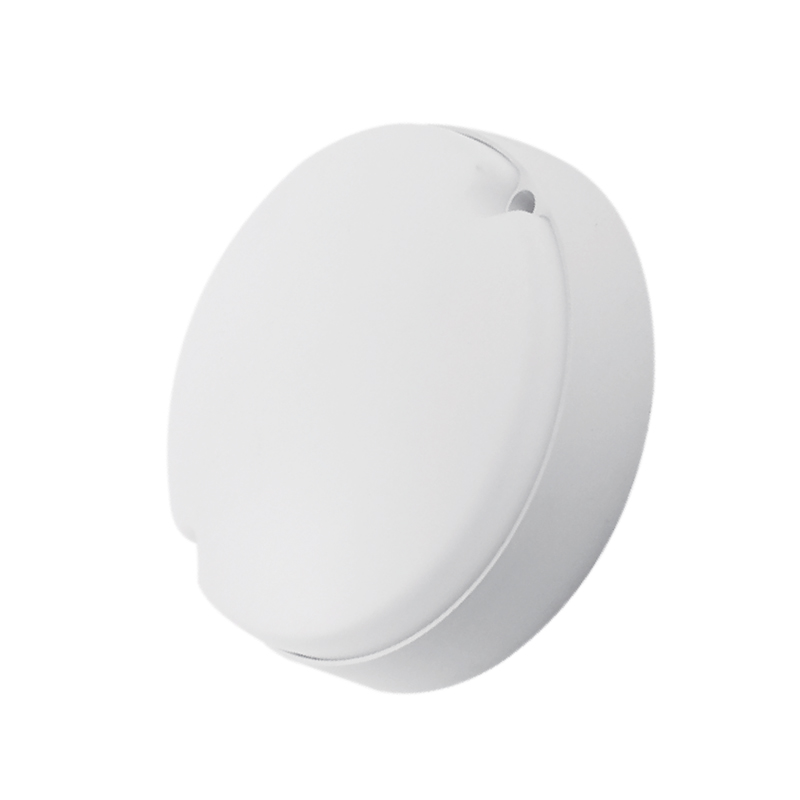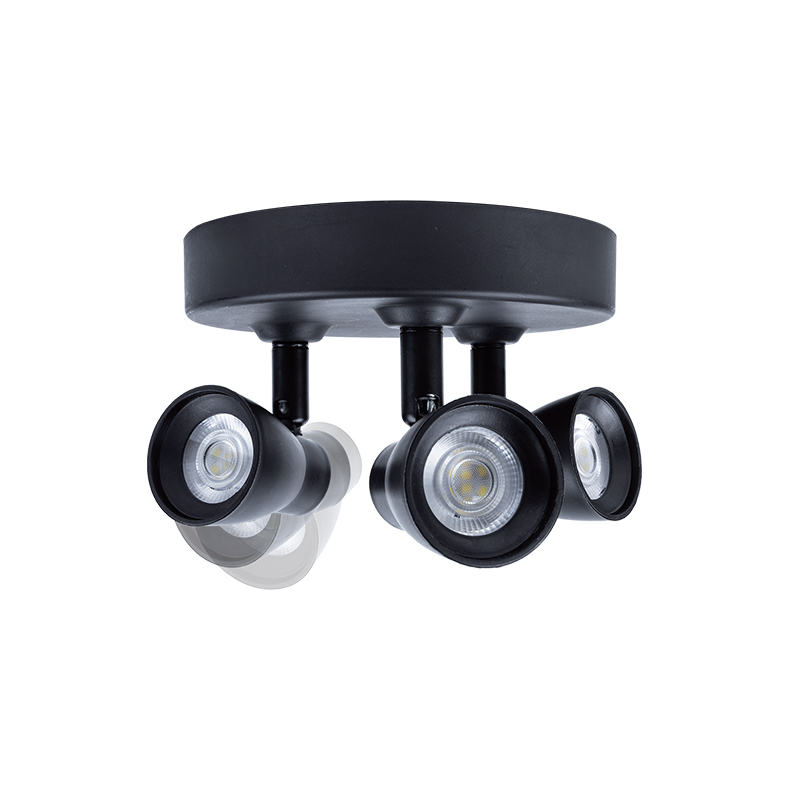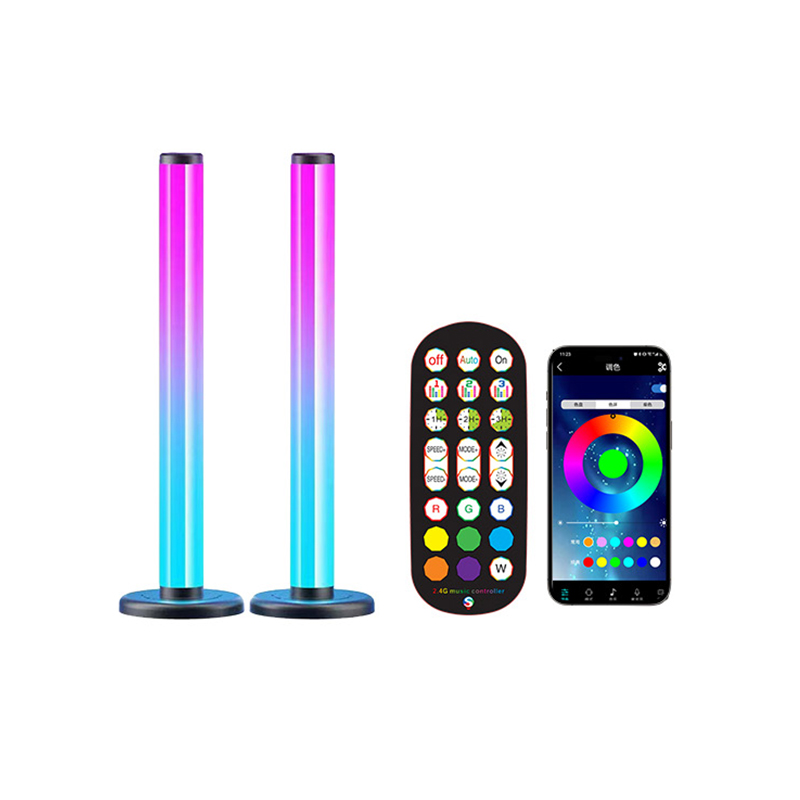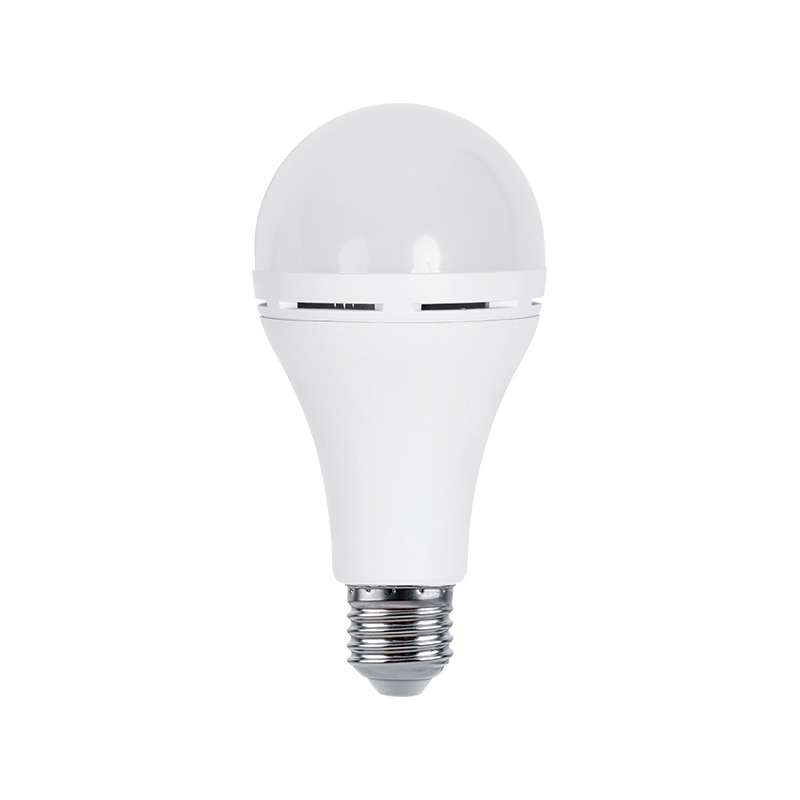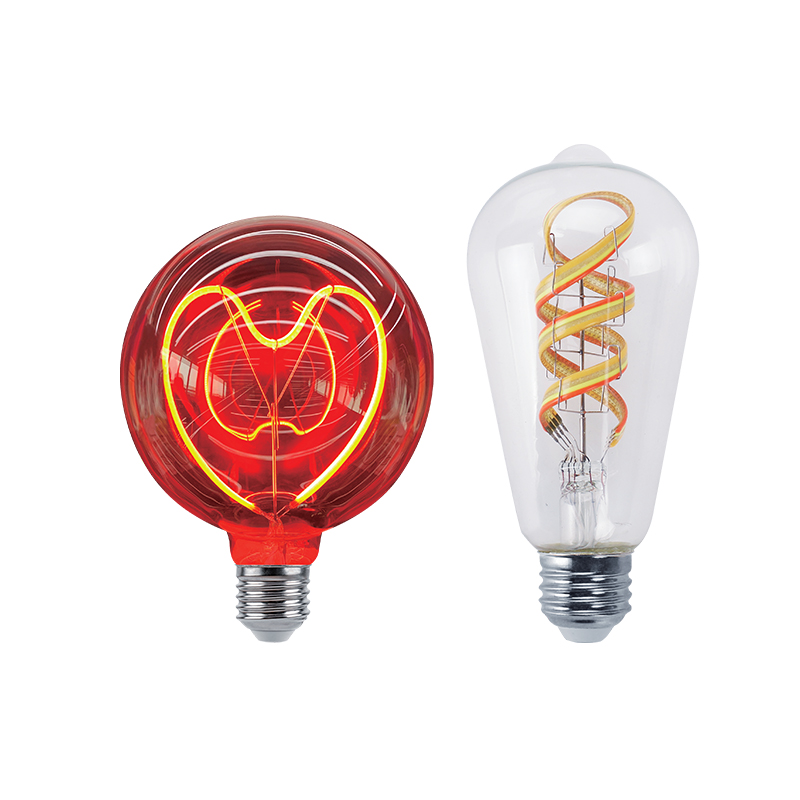We sincerely look forward to establishing a long-term development partnership with you with good quality and professional services.
When choosing an LED Filament Bulb, it is important to consider many factors, including light source, material, cost, and performance. A good filament substrate is made of a material that is thermally conductive, transparent, and inexpensive.
An LED filament bulb is an alternative light source that has many benefits. For one, it's energy-efficient and can fit into old incandescent light fixtures. A common problem with LED filament bulbs is their limited thermal design. They cannot be driven at the maximum current, reducing their operational life. Because of this, LED filament bulbs typically have lower luminous efficacy than other LED products. Furthermore, LED filament bulbs tend to burn out very quickly if the controlled gas fill goes down. For these reasons, LED filament bulbs are best used in commercial applications. The LED filament bulb is an energy-efficient option for both residential and commercial settings.
LED filament bulbs are made with four primary materials - sapphire, glass, ceramic and metal. The ideal filament substrate is transparent and thermally conductive. Glass and ceramic are the least expensive of these materials, but they have limited thermal conductivity. Glass transmits the most light, while metal has poor thermal conduction and is easy to burn. While the last two materials have lower light transmittance, they are better thermal conductors than sapphire.
The performance of LED filament bulbs is dependent on the material that the bulb is made of. LEDs are typically made from a glass filament substrate with a helium filling. LEDs bonded to sapphire or perforated copper reduce their junction temperatures by 9.6°C and 22.4°C, respectively. The higher thermal conductivity of the filling gas decreases the change in junction temperature. The thermal design of LED filament bulbs can benefit from the model.
LED filament bulbs are light-emitting diodes. They have many benefits, including a lower cost and lighter weight. They also look like traditional incandescent light bulbs. The design of high-quality filament LED lighting products pays close attention to thermal management. For reliable operation, LED filament bulbs should be designed with multiple heat dissipation paths. The junction temperature of LED chips directly correlates to their life expectancy. A higher temperature causes the decay of light output. To minimize the "Droop Effect," LED filament bulbs must be designed with multiple heat dissipation paths. Moreover, LED filaments should be arranged in such a way that their temperatures can be kept as low as possible.

 English
English Español
Español Deutsch
Deutsch